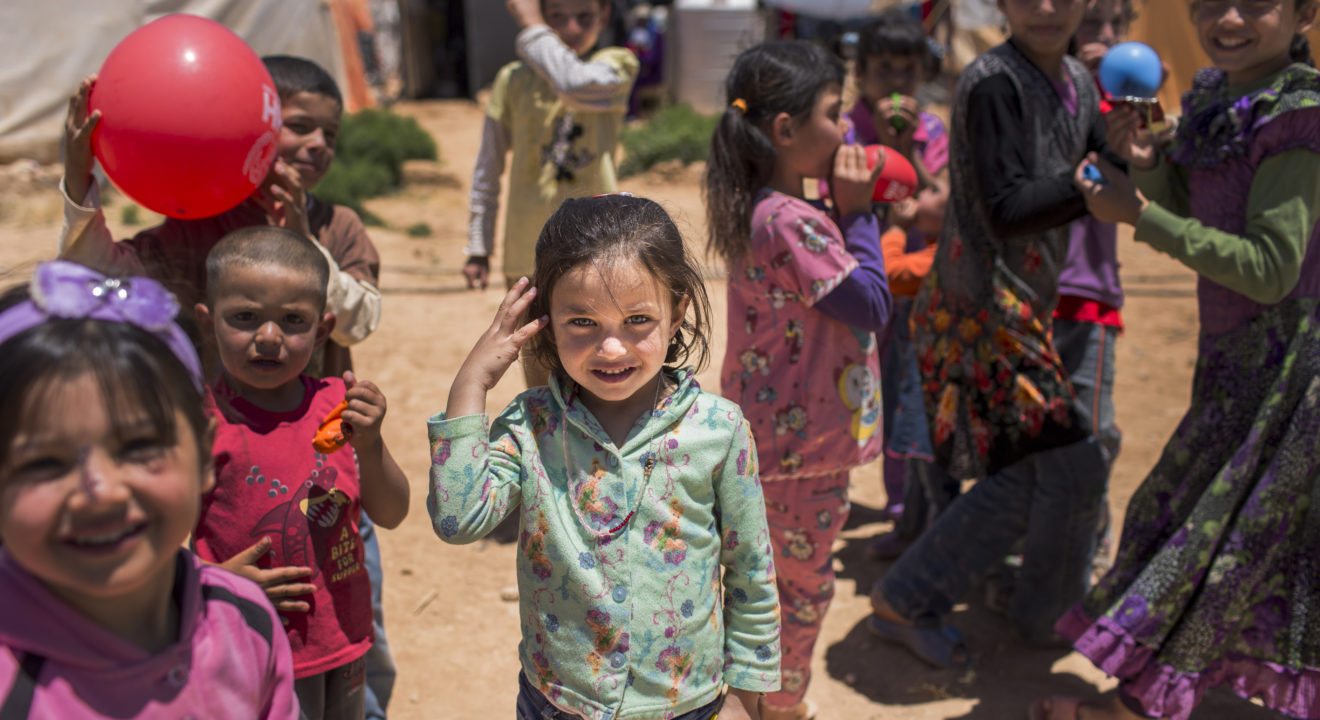Uncategorized February 14, 2017


While children here are complaining about their early curfew, having to eat broccoli and not being allowed to watch PG-13 movies, children in other parts of the world are forced to leave their homes, listen to their growling stomach and wonder if they’ll ever see their families again. These children are faced with more loss in less time than a child here may face in their entire lifetime. These are children refugees.
UNICEF estimates that there are approximately 30 million children battling these harsh conditions today. With the crisis in the Middle East, these numbers don’t look like they’ll be improving anytime soon. They are forced to move away, leave most of their belongings behind, drop out of school and the saddest reality is that they don’t know what tomorrow will bring.
Save the Children, an organization that works to aid the youth faced with these overwhelming challenges, recently released a video offering us a glimmer of what a child refugee encounters. It tells the story of a girl who has lost everything, but is fortunate to have her family. As the video continues, the girl loses her mom and is forced to take care of her little brother, when she herself looks no older than 10.
The horrors that the children refugees live through don’t stop there. Poor nutrition, inability to keep clean and terrible weather conditions lead to a plethora of diseases. According to World Vision magazine, Syrian children refugees are forced to work terrible jobs that don’t meet child labor laws. Also they are more likely to experience violence, sexual abuse and/or be forced to marry at ages as young as 13 years old.
Just last year, as told by CNN, “The European Union registered more than 88,000 child and teenage refugees traveling alone.” The future seems dim for many of these children. Even when they are allowed in neighboring countries, they aren’t usually received in open arms. Their plight doesn’t end there.
UNICEF, Save the Children and other similar organizations are currently accepting donations; please visit their websites to learn more about what you can do to help.
Sorry, no related posts found.